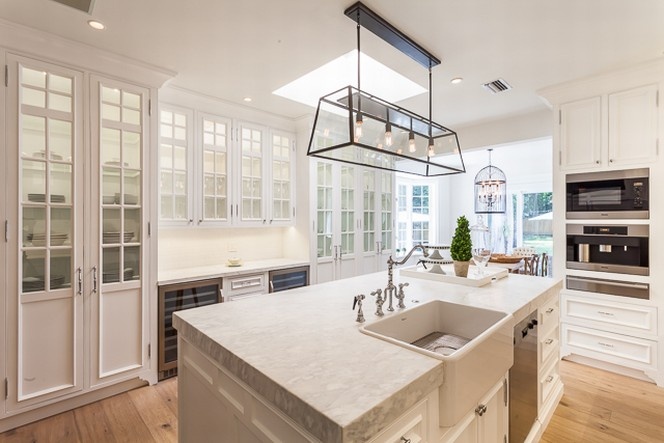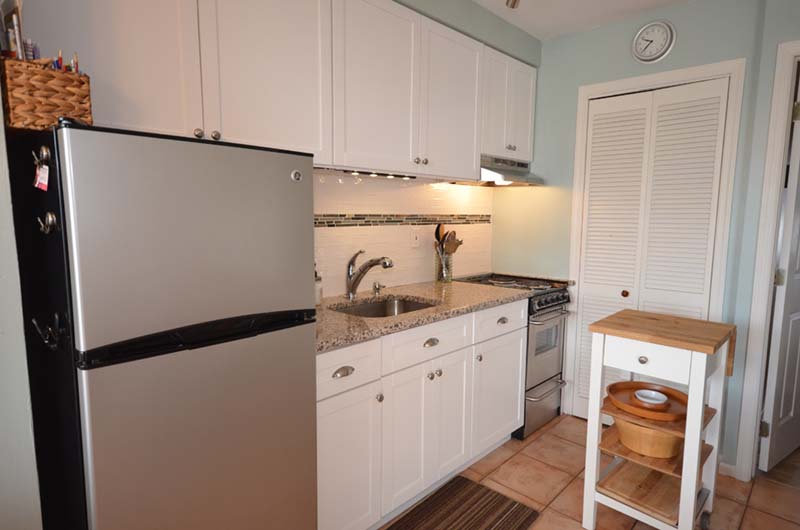5 Reasons to Buy a Home in 2016 | ZING Blog
If you’re thinking about buying a home, 2016 could be the time to do it. Yes, I know this is a mortgage company blog, but hear me out. There are several reasons why now is a great time to make your move on getting the house you’ve always wanted. We put our top five below.
Low Rates
You may have heard the Fed recently raised short-term interest rates for the first time in seven years. Although this may have some impact on mortgage rates as mortgages are trading on the bond market, you may not see as much of an impact as you think. Why is that? The people who trade mortgage bonds have been picking up on some not-so-subtle signals given by the Federal Open Market Committee, the governing body that makes decisions on short-term interest rates. In short, the Fed did exactly as everyone expected and the move has been pending for a while.
Rates also won’t be going down, so now is a good time to lock up your mortgage and its low rate.
Economic Uptick
The economy has showed signs of picking up over the last several months as evidenced by the number of jobs being added to nonfarm payrolls in the monthly employment report. Nonfarm payrolls include all jobs not related to agriculture.
Among other data, the most recent employment situation report covering November showed that 211,000 jobs were added to the economy. An additional 27,000 jobs were reported in a revision for October bringing the total number for that month to 298,000. This means that better than 500,000 jobs have been added to the U.S. economy in recent months. Unemployment is at a very low 5.0%.
Jobs mean money in Americans’ pockets. More money means more purchasing power for the home buyer. More purchasing power means finally being able to buy that home you’ve been looking at for a while.
Home Values
Real estate values are on the upswing. As of November, they’re up 4.84% since this time last year.
This is particularly important for homeowners to know. It can be easy to think of our homes as a place to put down roots, enjoy a sense of security and in many cases, watch our families grow.
There’s another element of homeownership that people might overlook. We don’t often think about the home as an investment. However, as you gain equity by making monthly payments or through increases in value in your area, you’re building on an investment.
You can use that equity down the line to cash out and pay for home improvements or other expenses. Maybe you use it to pay for your child’s college education. What you do with it is really up to you.
With home values rising right now, it’s an important reminder that your home can be a part of your investment portfolio. Check the status of your stocks, bonds and home value.
Renting vs. Buying
Renting can make a lot of sense when you’re first starting out. You’re building up your credit. Since you’re young, you probably only need a small space.
As you get older, the needle moves in the other direction. As your family grows and you need more space, the debate of whether to continue to rent or buy a house begins.
Another consideration is that the cost of rent is rising faster than inflation. The cost of renting is expected to go up between 3% and 5% in 2016.
In addition to potentially saving you money every month, you also gain equity when you pay down the mortgage, that is, when you pay both the principal and interest at the same time. Your property gains investment value every month in a way it never would with an apartment. You realize the potential of these gains, not your landlord.
Your house is also your personal space. You may have been limited in the things you could do to personalize your apartment or rental house. When you own the house, it becomes a blank canvas just waiting for you to paint your modern masterpiece – the ultimate expression of you. It’s your sanctuary.
Rocket Fueling Your Mortgage
Throughout most of the industry’s history, the mortgage process hasn’t exactly been pleasant or overly efficient. Quicken Loans is changing that.
We recently launched Rocket Mortgage with the idea of taking your mortgage approval process from days or weeks down to minutes. How did we do that?
Whether you’re sitting at home on your computer or at the real estate office on your phone, you can apply for your mortgage on the spot. You can even share your income and asset information automatically through one of our trusted partners. You don’t need to track down bank statements, pay stubs and W-2 forms. You can then pull your own credit report and Rocket Mortgage will show you the mortgage solutions for which you qualify.
In minutes, you’ll have a digital approval letter you can show to a real estate agent so they know exactly how much you can afford. Happy house hunting!






